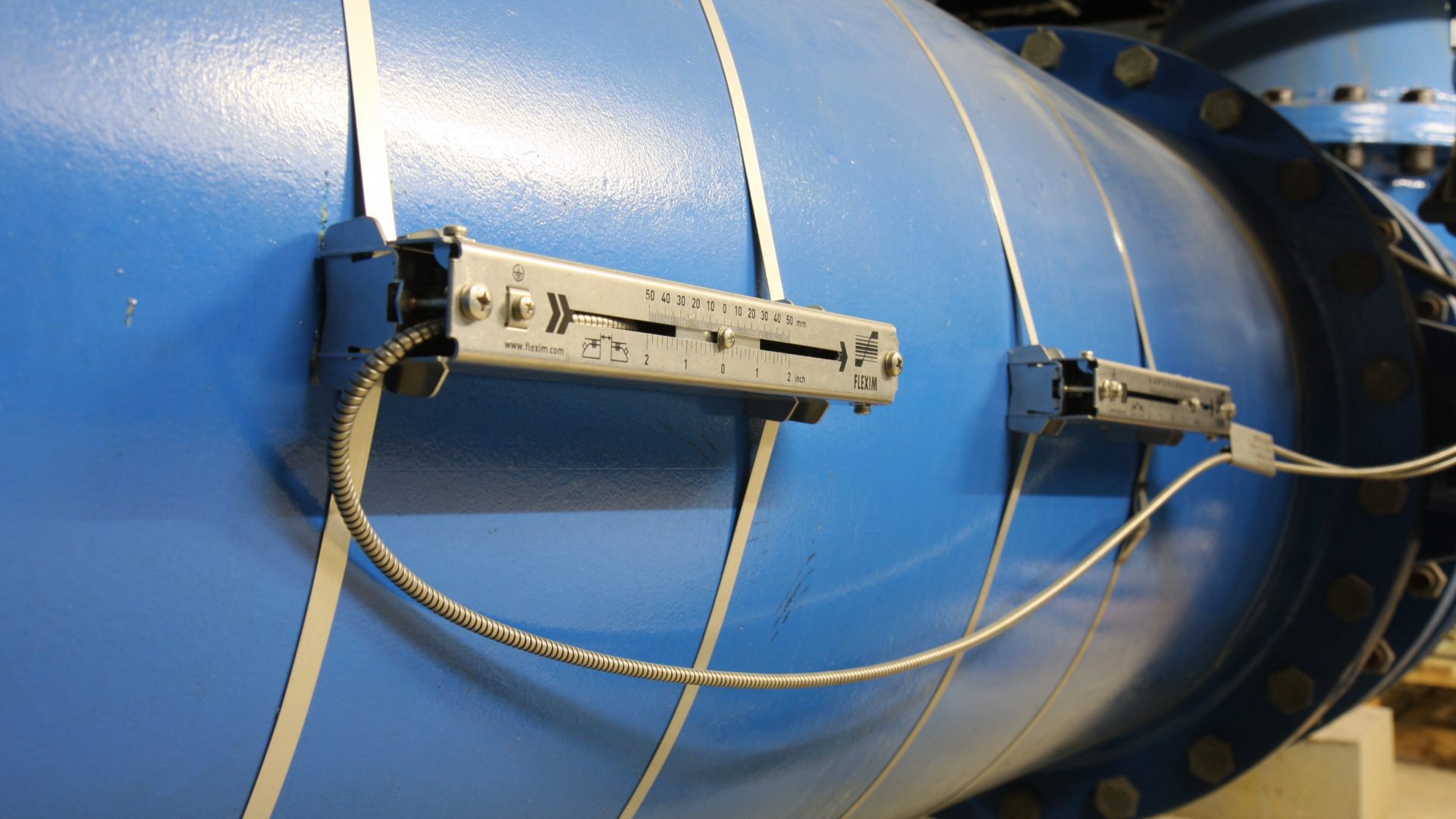Pumping operations that service large population centres are particularly energy intensive. With rising electricity costs, as well as more rigorous environmental regulations to adhere to, the requirement for effective wastewater management is now more important than ever.
Clamp-on ultrasonic flowmeter technology is proving a particularly effective non-invasive tool for monitoring pipelines and identifying potential abnormalities that could have a negative effect on both human health and the environment, as well as creating the burden of added costs.
Ultrasonic clamp-on flowmeters have the ability to operate wherever contact with the fluid to be measured is not feasible. They are not subject to the same wear and tear and resulting loss of accuracy of traditional wetted meters, and advances in technology mean that next gen ultrasonic flowmeters can undertake a plethora of data logging tasks, delivering the baseline and load profile evidence necessary to maximise pump station efficiency, and also help to reduce energy use.
Measure to manage
A leading metropolitan water authority in Sydney, Australia, was pumping water from a wet well into a common manifold, where wastewater was then diverted to various pipelines for further treatment, or to an ocean outfall sewer. But because there were no flowmeters monitoring the pipelines after the manifold, there was no way to optimise the duty and stand-by pumps so that they would operate in the most efficient configuration. It’s impossible to manage what isn’t measured, and better management of such an energy intensive process is exactly what is needed to deliver maximum pump station operation.
No process interruption
High risk and expensive, interrupting the process at a pumping station that serves such a large population was not an option. The plant’s process engineers needed an alternative way to equip a flow measuring device, and so FLEXIM was tasked with undertaking an on-site trial to demonstrate the reliability and stability of ultrasonic clamp-on technology and build confidence in this innovative measuring method.
Despite spiral welded steel pipes presenting a challenge in mounting the transducers, on-site tests showed that readings aligned to expected pump flow curves, but they also detected an unexplained reverse flow. Further investigations by engineers found that a previously unknown flow diversion was caused by a faulty valve in the manifold.
With confidence in the ultrasonic flowmeter’s capabilities growing, a permanent system was quickly installed, with no shutdown of the pumping station necessary. Duty and cycle pump strategy is now fully optimised and energy consumption can be reduced.
To find out more about the benefits of non-invasive ultrasonic flow measurement in the water industry, contact Andy Hammond – www.flexim.co.uk | sales@flexim.co.uk | +44 (0)1606 781 420



